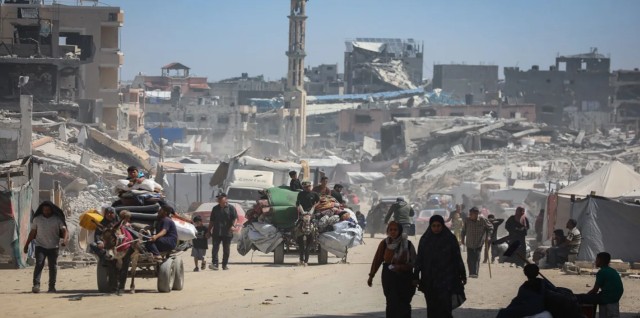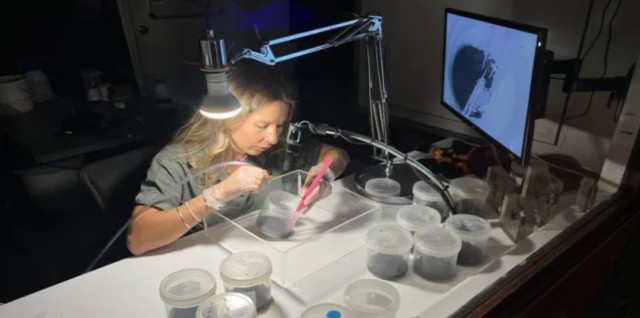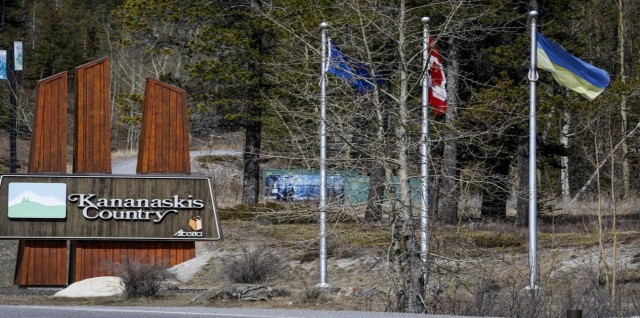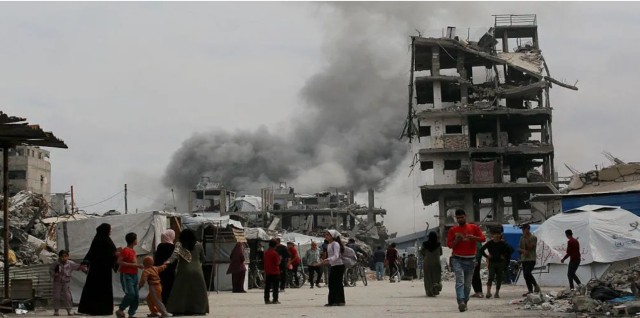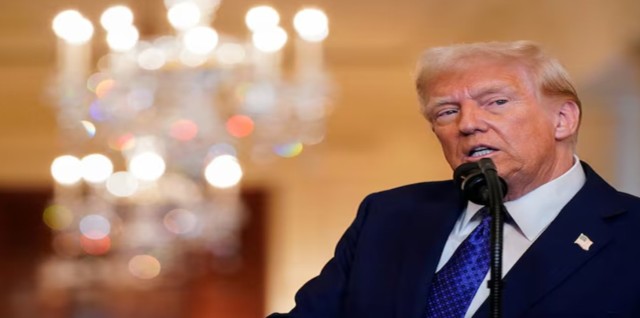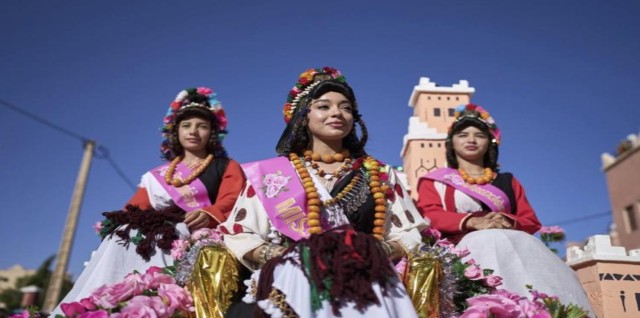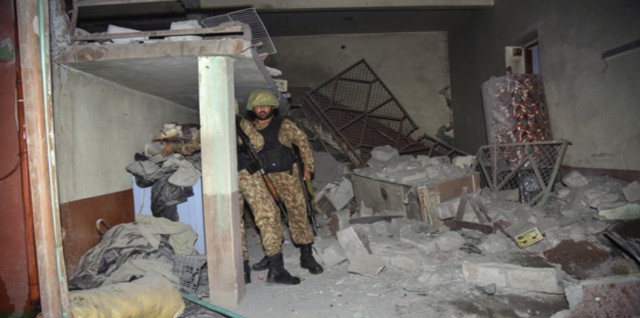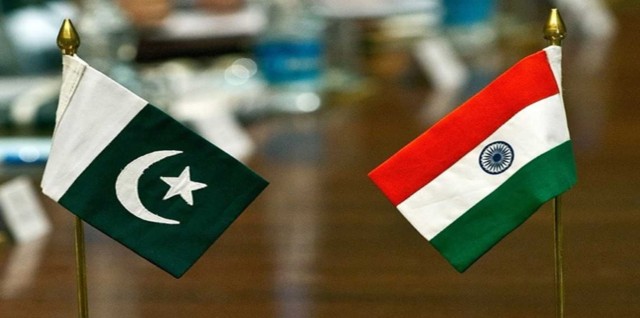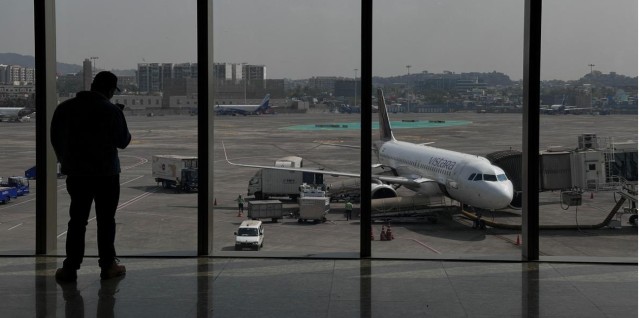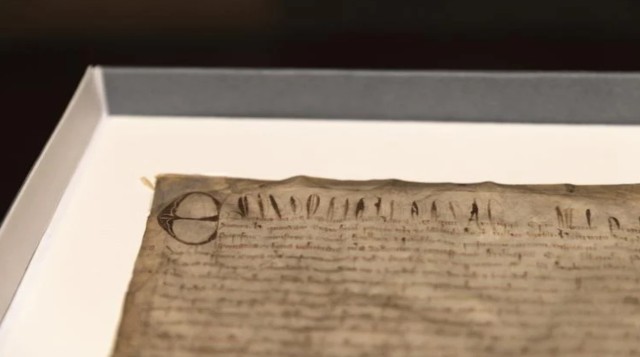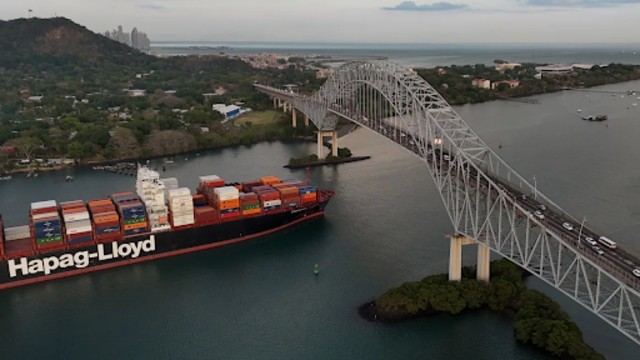
A cargo ship passed beneath the Las Americas Bridge as it moved through the Panama Canal in Panama City on March 13. AP
Panama calls itself the "bridge of the world" and "heart of the universe." But today, it finds itself caught between two powerful nations — the United States and China — in a growing argument over the Panama Canal. This waterway connects the Atlantic and Pacific Oceans and plays a major role in world trade.
The tension began when former US President Donald Trump claimed, without proof, that China was secretly controlling the canal. He warned that if this influence didn’t stop, he might use military force to take back the canal — which the US gave to Panama in 2000. Around 40% of US shipping containers pass through this canal, so it holds major importance for the US.
Panama's President José Raúl Mulino disagreed with Trump’s claims. Still, he tried to ease the tension. In February, Panama pulled out of China's Belt and Road plan. In March, a US company agreed to buy 43 ports from a Hong Kong firm — including two at both ends of the canal. That firm has faced US accusations of ties to China, which it strongly denies.
However, instead of calming things down, these steps only brought stronger words from the US. This week, the US Secretary of Defense visited Panama and spoke directly about the canal. “China did not build this canal,” he said. “China does not operate this canal and will not use it as a weapon.” He added that the US, with Panama, would keep the canal safe for everyone by using the strength of the American military.
China responded sharply, saying the world would decide who the real threat was.
While the US now calls Panama a “partner,” it stopped short of saying the canal belongs to Panama. In fact, a joint statement released after the visit didn’t include a line saying Panama has full control over the canal. But the Panamanian version did include that statement.
This reminded many of a confusing incident earlier this year. The US claimed Panama agreed to let Navy ships cross the canal without paying fees. Panama quickly denied this. Still, on Wednesday, Panama’s Canal Affairs Minister said both countries are working on a fair deal. The US Navy could pass through the canal at a lower cost, and in return, the US would offer extra security and recognize Panama’s control of the canal.
Although US Navy ships only spend a few million dollars a year to use the canal, the Trump administration pushed hard to cut those costs. Panama’s laws say all countries should pay the same.
President Mulino has supported US immigration policies. He helped reduce migration through the Darien Gap and allowed deportation flights from the US. But now he seems to be pushing back. The pressure from Trump’s team, and talk of bringing back US military bases, are making people in Panama uneasy.
Just after the US Secretary mentioned those military bases, Panama’s own Security Minister said clearly — Panama is not considering such a move.
With rising US-China tensions, Panama stands in the middle. It’s trying to stay strong, but the pressure keeps growing.


